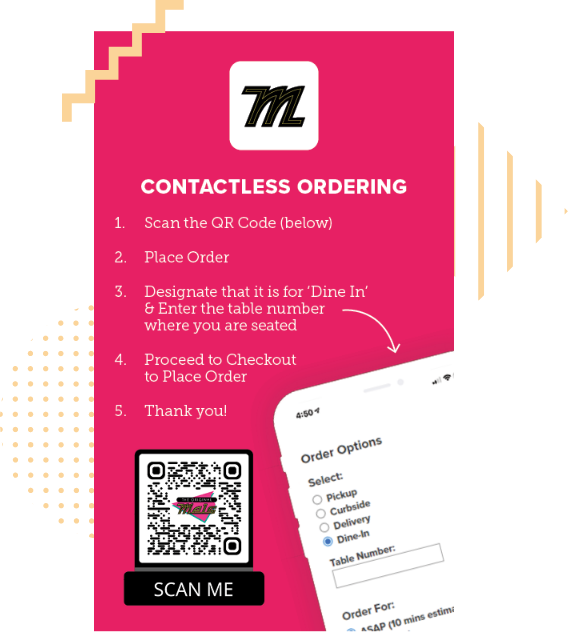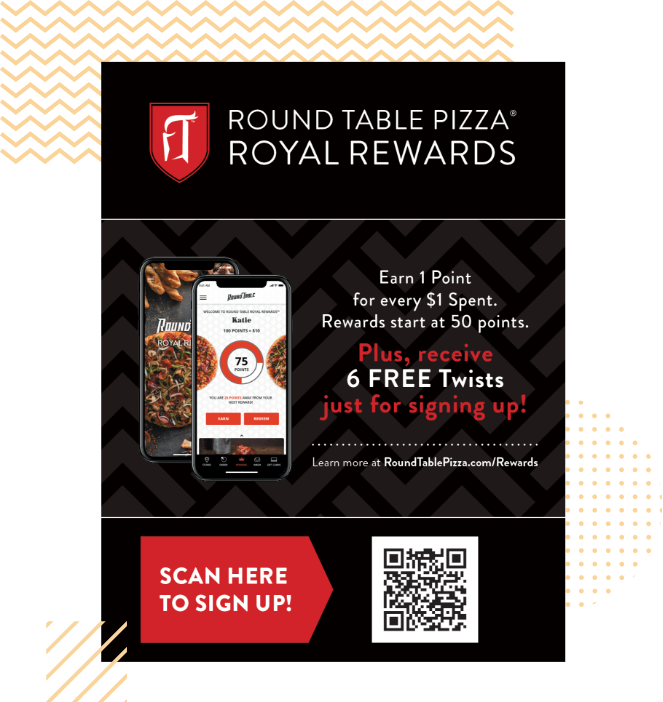
QR codes – the big comeback
The Quick Response Code, more commonly known as a QR Code, was invented by DENSO WAVE in Japan in the 1990s as a way to help supermarkets who were struggling with the limitations of barcodes. Lead developer at DENSO WAVE, Masahiro Hara, looked for a way to make codes more versatile, and hold more information, and thus developed a 2-D Code (two directions of coding) in a square format and the QR code was born. In 2000, QR codes were added to ISO International Standards, which allowed QR codes to be used across the globe. The invention of the smartphone further advanced the use of QR codes, as an app could easily read the code. QR codes can now be read by a cell phone camera, so an app is no longer required.

There are many different uses for QR codes, ranging from website/app access, coupons, registrations, surveys, and most recently, viewing restaurant menus. Since QR codes are quick and inexpensive to make, they are seeing a resurgence of interest in the COVID-19 era. As more and more businesses look for ways to communicate with customers in a touchless environment, QR codes are popping up everywhere.

A QR code is quicker and more effective than directing customers to a URL. One scan of the code with a phone camera eliminates the need to type in an address and takes the customer directly to the information.
Restaurants have capitalized on the ease of use of QR codes and have eliminated safety and sanitary concerns in the process. Customers can now scan a QR code to see a menu after being seated at a restaurant table, thus eliminating the need for paper menus. A digital menu connected to a QR code is much easier to update when product and pricing changes occur. A QR code is also an easy way for customers to access a loyalty rewards app. Many restaurants have added a QR code to the bill, where the customer can scan and pay at their table, versus handling credit cards, pens and paper.

Other clever uses for QR codes include real estate listings, where the code takes the customer to a virtual tour; movie posters, where the QR code takes the customer to the movie trailer; on food packaging, where customers can quickly see recipes that use the product they are purchasing; on event invitations to give the invitee more information and a way to RSVP; in medical offices for patients to access online check-in, versus a shared clipboard and pen and on public transportation to give customers quick access to schedules.

